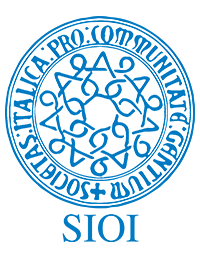It is no surprise that both Iran and the United States have approached their first diplomatic engagement in four years with wariness and skepticism. While not an insuperable hurdle, it is hard to overcome more than 40 years of mutual enmity. Both parties have set the stage with characteristic bellicosity. Prior to the start of talks in Muscat, Oman, Iranian President Masoud Pezeshkian said, “We are not seeking war, but we will stand strong against any aggression.” Washington has made equally vitriolic statements, with President Donald Trump saying, “If they don’t make a deal, there will be bombing.”. There are plenty of reasons to be skeptical about the probability of the negotiations culminating in a deal. But it also would be a mistake to assume that the conditions in 2025 are the same as those in 2015, when, as the Joint Comprehensive Plan of Action (JCPOA) was being signed, Iran held many more cards than it does today. While it is tempting to conclude that the Iranians are now, as they have done in the past, using the talks to stall for time, this conclusion fails to recognize that today time is not on their side. It also misses the fact that changes afoot in the Middle East and the broader global community give Iran an incentive to move toward an agreement, assuming that Washington is sincere and realistic in its negotiations with Tehran.
Thinking the unthinkable: Improved US-Iran relations under Trump? | Middle East Institute



